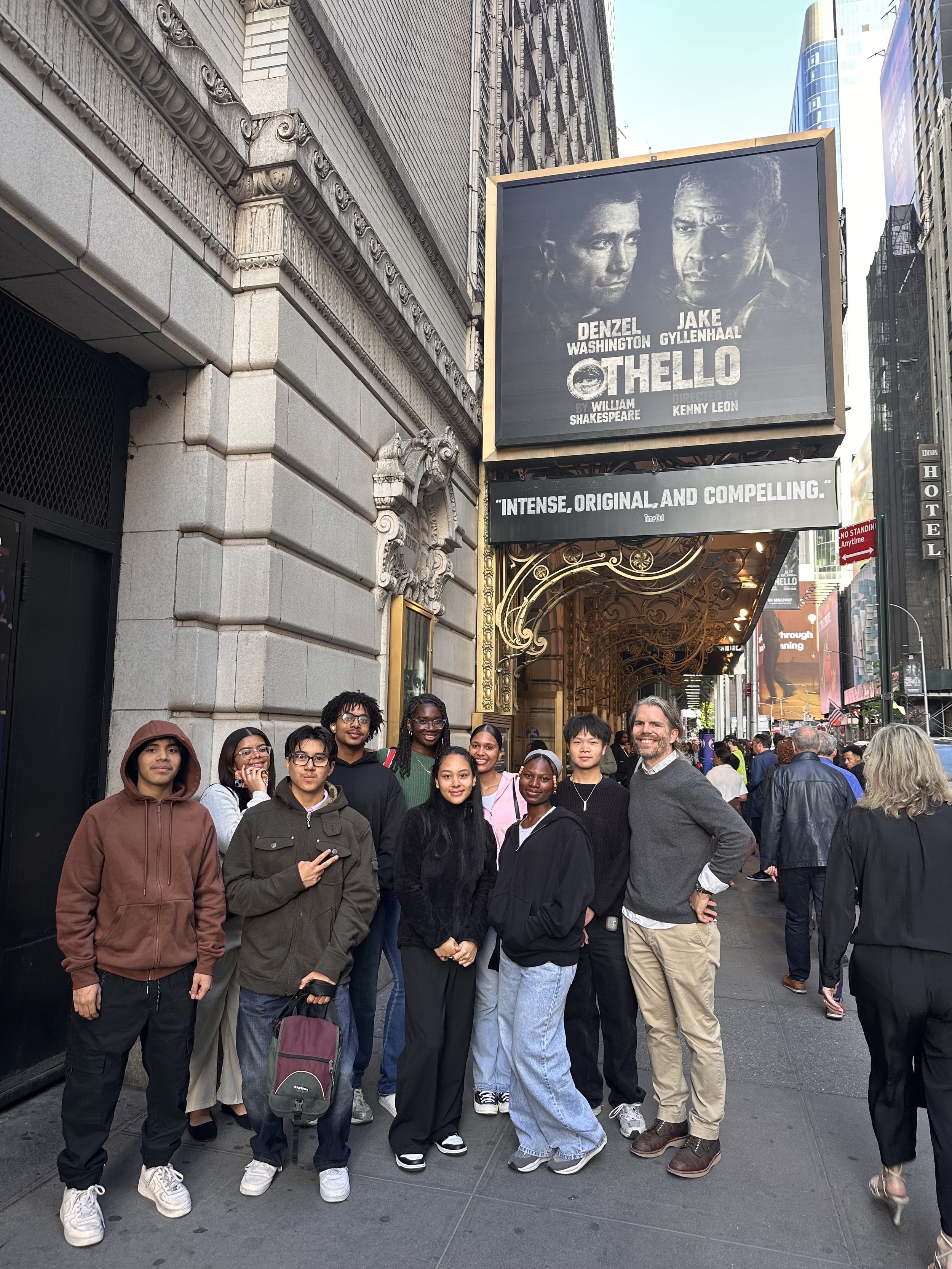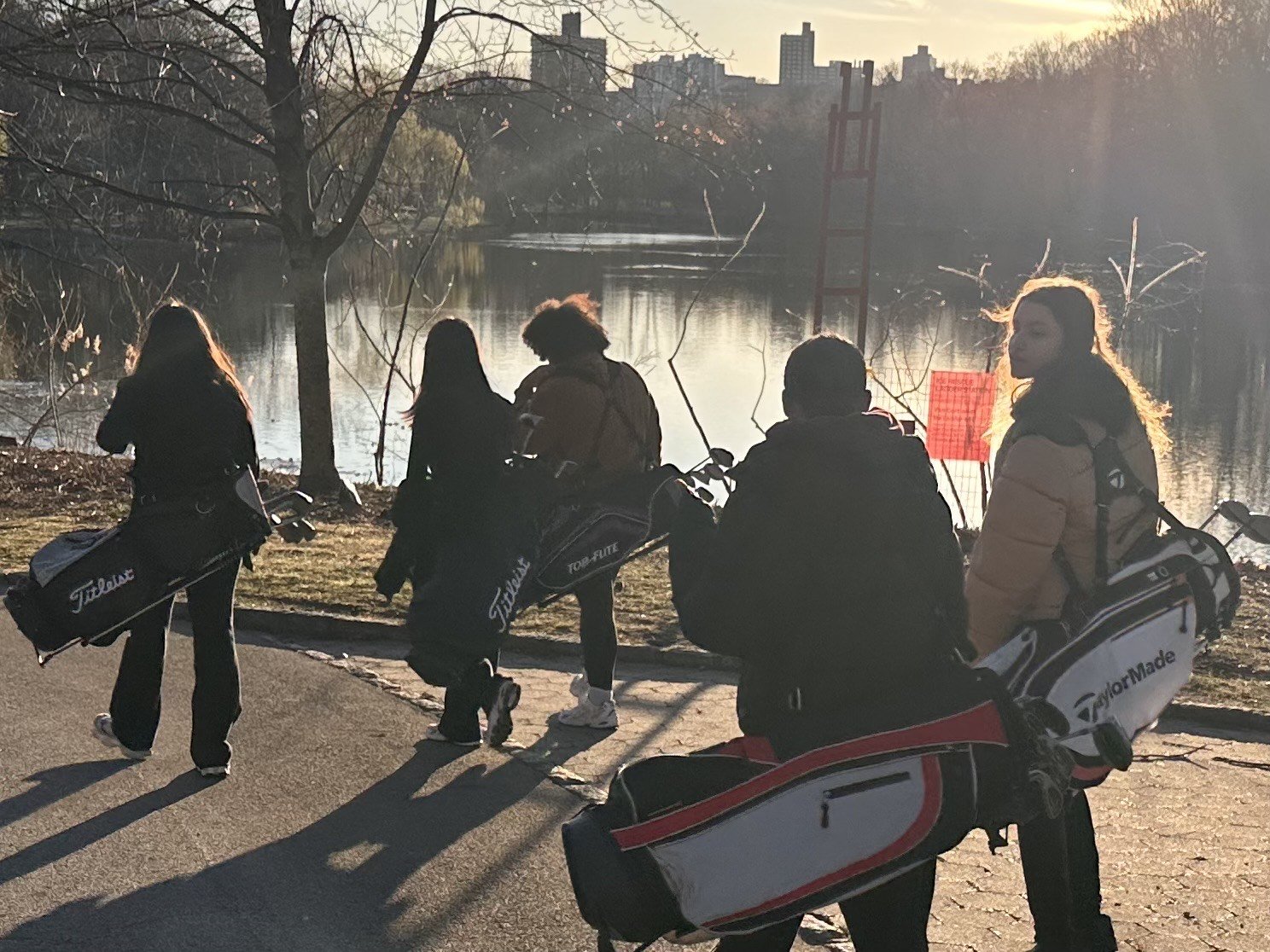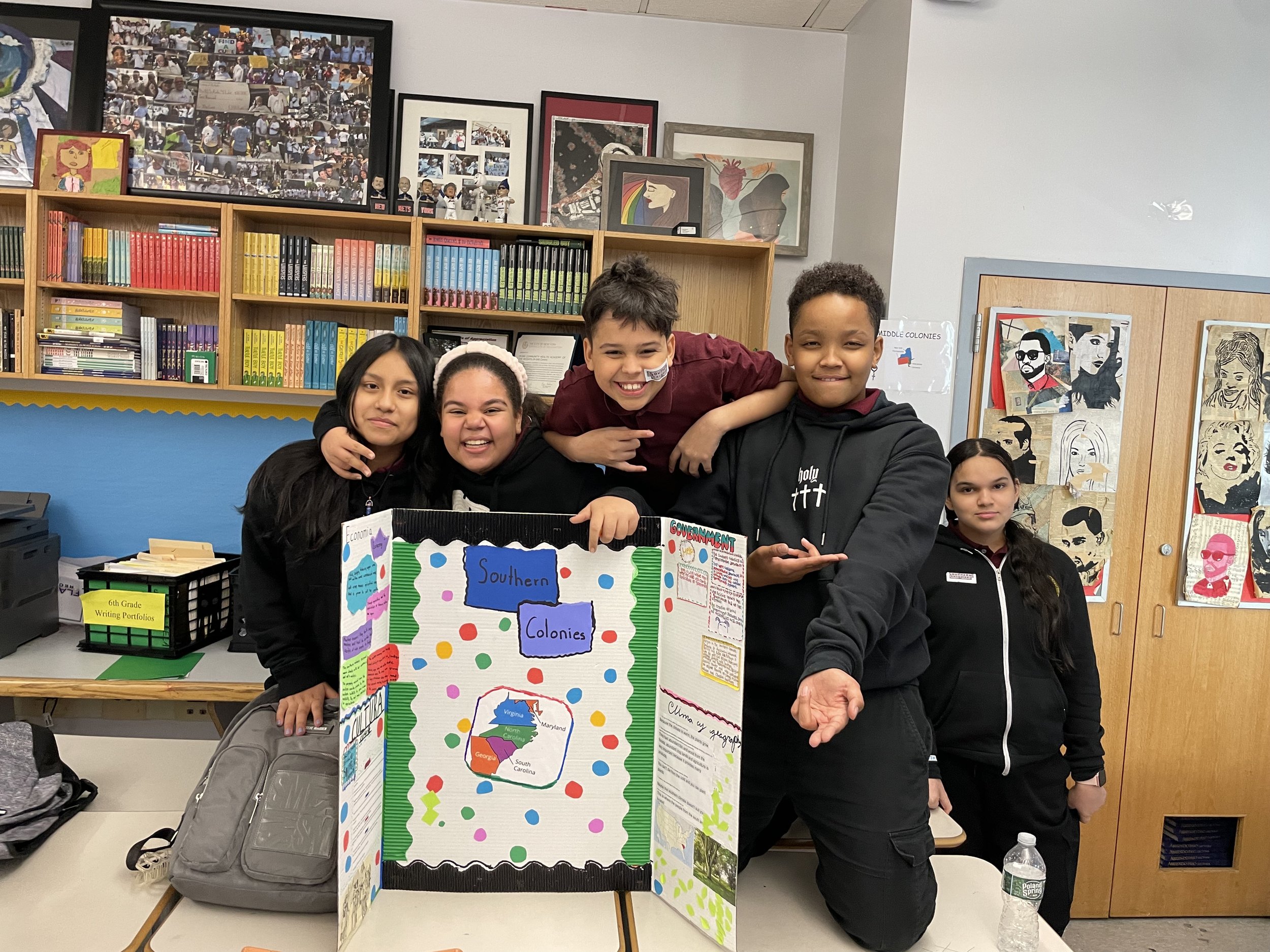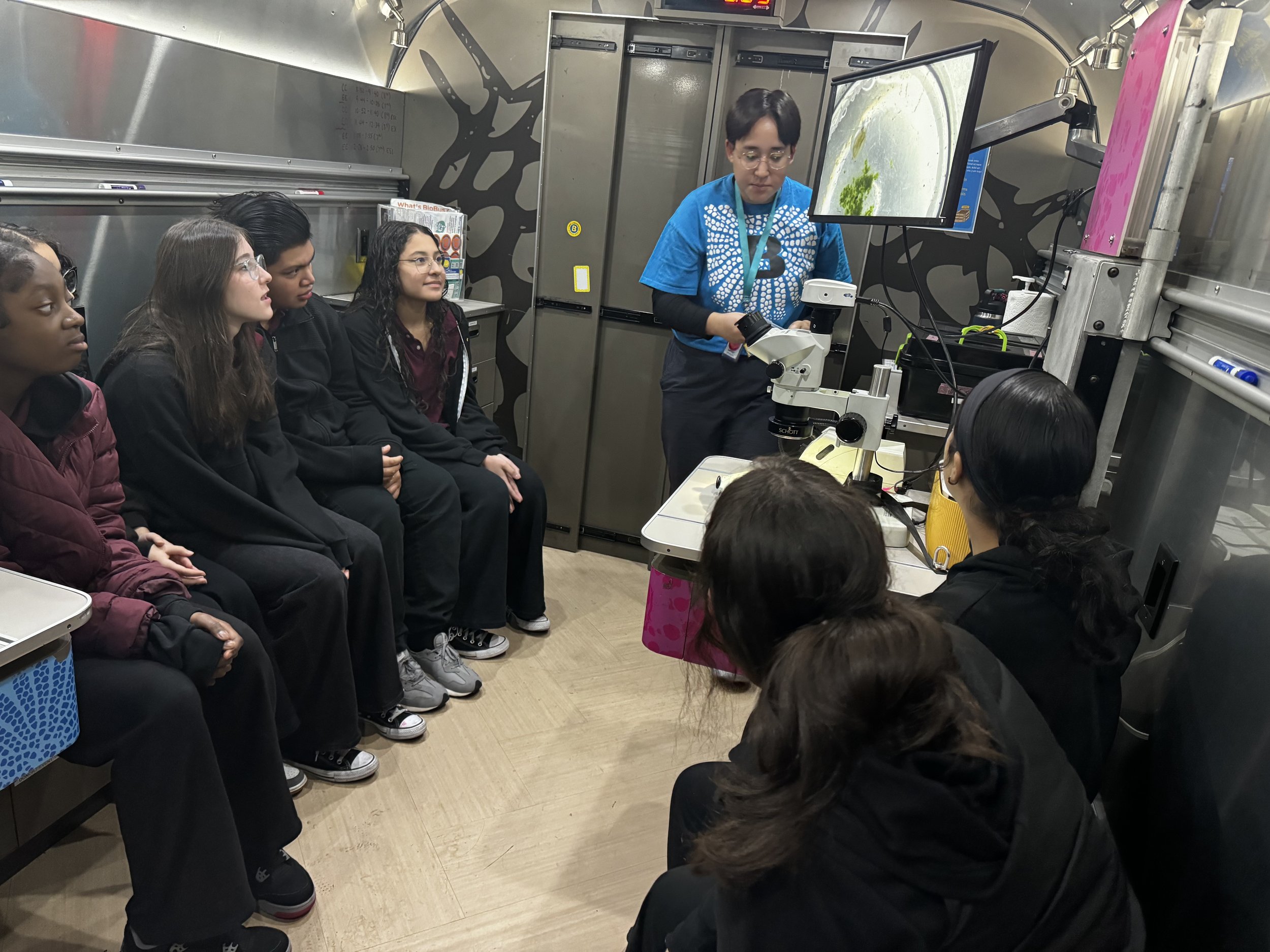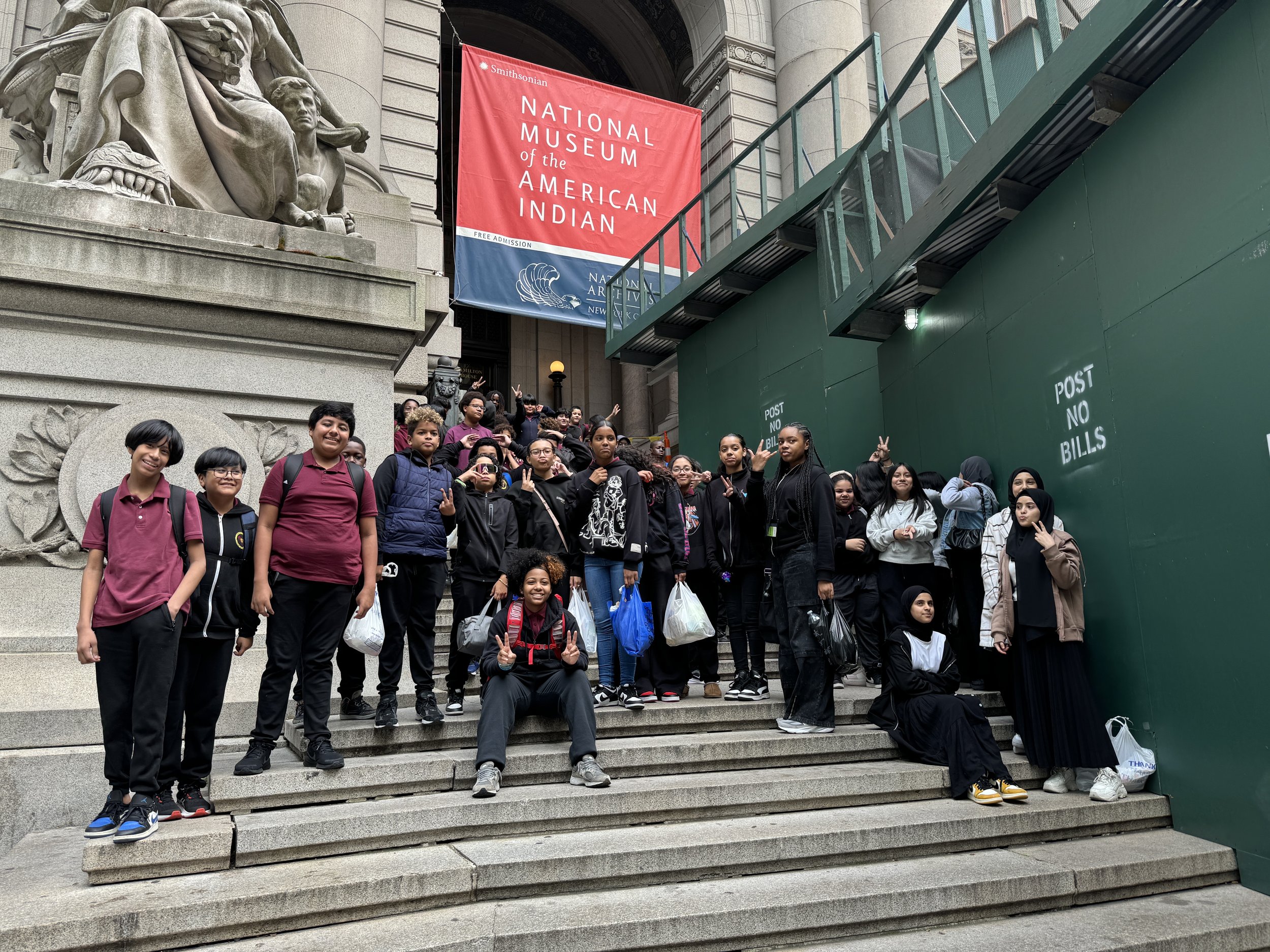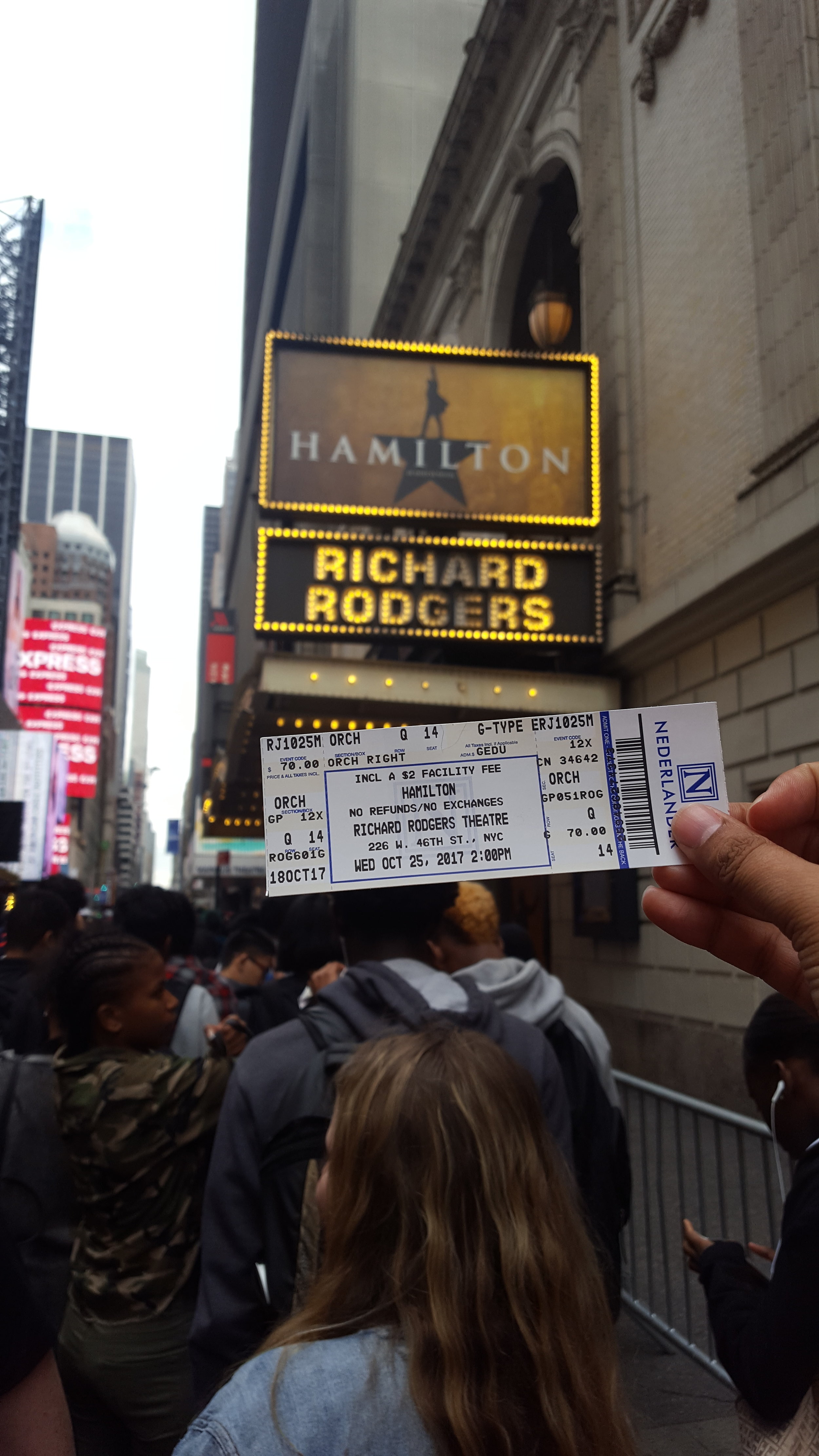The Bronx River Alliance was founded in 2001 to reverse some of this damage. Locals banded together to rehabilitate this ecosystem by organizing volunteer cleanups, bank restoration and encouraging eco-safe recreation in this area. Volunteers have pulled out tens of thousands of plastic and styrofoam garbage just this year. In the past, even large appliances like dishwashers and cars have been pulled out of the river! Now the water is safe enough for organisms to move back in. Muskrats, beavers, fish, insects, eels and many others are now able to safely live in the river again. The Bronx River Alliance carefully oversees the health of the river by collecting 100,000+ data points and observations from volunteers.
That's where CHAH students stepped in. The AP Environmental Science class ran water quality tests on the river water. These tests included: Temperature, Dissolved Oxygen, Salinity, pH and Phosphates. These metrics are directly related to the health of the river. CHAH students passed their observations onto the Bronx River Alliance for their studies. CHAH students are happy to report that all nutrient levels were at healthy levels for the Bronx River!
